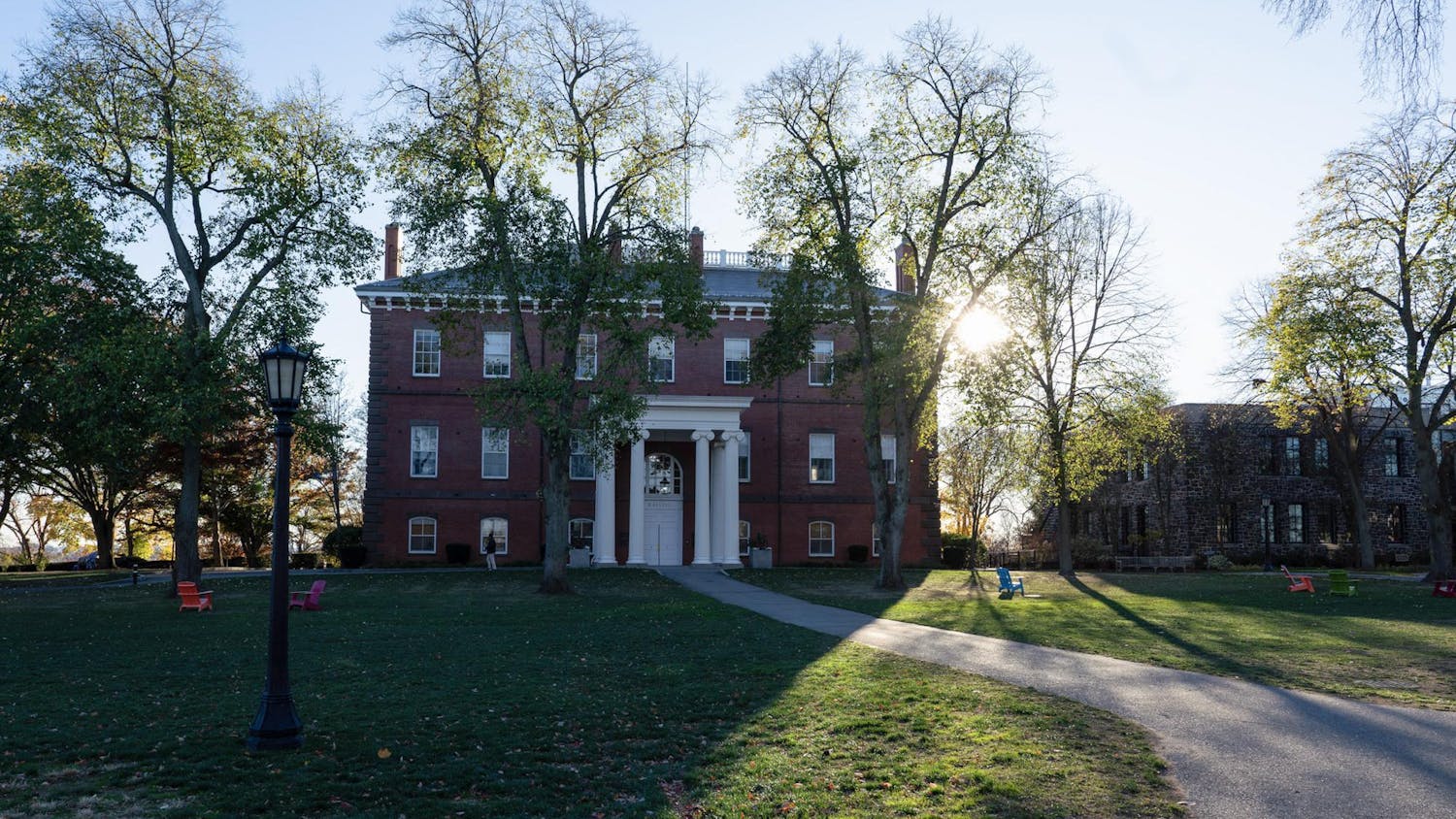Tufts admitted 530 students from the first round of its Early Decision (ED) Program into the Class of 2019 on Dec. 15 after receiving a record-breaking number of ED applications this fall.
According to Director of Admissions Lee Coffin, this year's first ED round saw a six percent growth in applications from the Class of 2018's ED application pool, which was 10 percent bigger than the preceding year.
“It's the fifth year in a row we actually had a record ED pool, which is exciting because it's a subset of the overall pool, so if that grows, it's a good signal about the number of people who say, 'This is my first choice,'” Coffin said. “It's been growing pretty dramatically for the past couple of years.”
Coffin said the admissions team is currently working through the second round of ED applications and hopes to have those decisions released by early February.
There were a total of 1,839 ED applications, according to Coffin, who expects to accept about 600 first-years through the two ED rounds. He estimated that they will comprise 43 to 44 percent of the overall Class of 2019, explaining that Tufts aims to enroll a slightly smaller percentage of the incoming class through ED applications than other universities tend to do.
“We tend to be a place that enrolls a couple percentage points fewer early on purpose,” Coffin said. “I saw a couple of stories of places that have over half their class done, and for us, I wouldn't want to go that high. It reserves too many seats.”
While Coffin said he believes it is important to save room in the class for students who apply during the regular decision period, he added that if students in the ED pool are “qualified and compelling,” then there is no reason not to accept these applicants.
It is also noteworthy, Coffin added, that the students who are accepted ED have the same academic profile as the overall class. Average SAT scores for the first ED round were almost identical to the range from last year’s ED students. He added that last year's overall class SAT scores were statistically very similar to that year's ED scores.
According to Coffin, 25 percent of the admitted students are students of color, which is consistent with numbers in the past several classes.
“ED is never the most diverse round because of financial aid and students wanting to wait until Regular Decision, but we've been talking to students about the opportunity to apply early and if [given] an aid award in December, it'll be the same as the one you'd get in April,” he said. “So that's actually brought a higher degree of both economic diversity and racial diversity than you'd historically have.”
Admitted students come from 39 states and the District of Columbia, and 55 of them are international students, Coffin said. He noted that ED applicants have become more national and global than they have been in history, which he identified as a national trend.
“There's just generally more information available to students, so what I think you're seeing is people from parts of the United States that haven't been as ED-aware are learning,” he said.
Coffin mentioned that with the implementation of the new Tufts 1+4 Bridge-Year Service Learning Program, some of the accepted students will pull out of the Class of 2019 and participate in the program, eventually joining the Class of 2020.
According to 1+4 Program Administrator Jessye Crowe-Rothstein, the program is an initiative of the Jonathan M. Tisch College of Citizenship and Public Service that will give incoming students an opportunity to immerse themselves in a year of service before coming to Tufts.
The 1+4 Program hopes to accept 50 fellows from the Class of 2019, according to Crowe-Rothstein.
“We don’t have an exact target for the number of fellows from the ED pool, but we will ensure that fellows come from a mixture of ED and Regular Decision applicants,” Crowe-Rothstein told the Daily in an email. “We have been working with our colleagues in admissions on everything from program development to recruitment and will continue to collaborate as our first class of fellows takes shape.”
Record Early Decision pool marks continued pattern of selectivity

2015-01-16- Dean of Undergraduate Admissions, Lee Coffin, in his office (Sofie Hecht / The Tufts Daily).





